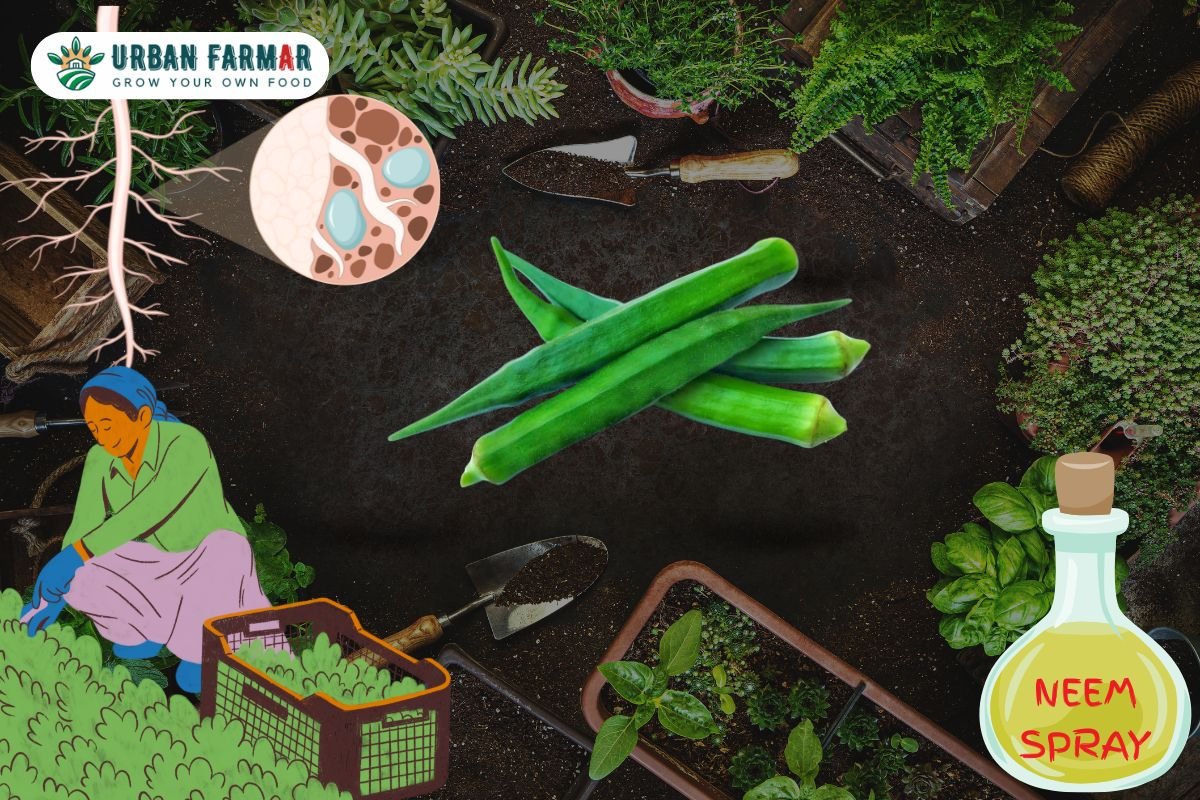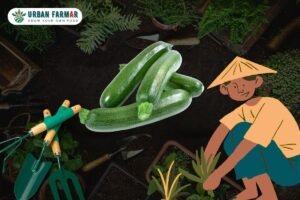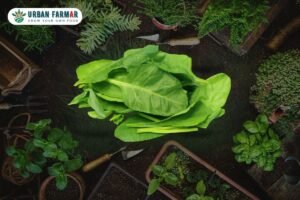Growing Okra, also known as Lady Finger or Bhindi, is a rewarding endeavor for home gardeners. However, cultivating this nutritious vegetable can sometimes come with its own set of challenges. This guide will help you identify common problems and provide effective solutions for a thriving Okra harvest.
Common Challenges in Growing Okra at Home
1. Poor Germination Rate
- Problem: Seeds may fail to germinate due to hard seed coats or unsuitable conditions.
- Solution: Soak Okra seeds in warm water for 12-24 hours before planting to soften the seed coat. Ensure soil temperature is around 25-30°C for optimal germination.
2. Stunted Growth
- Problem: Slow or stunted growth can result from compacted soil, inadequate nutrients, or incorrect watering.
- Solution: Use loose, well-draining soil enriched with compost or organic manure. Ensure consistent watering and apply balanced fertilizers every 2-3 weeks.
3. Pest Infestations
- Problem: Aphids, whiteflies, and spider mites can damage leaves and stunt plant growth.
- Solution: Use neem oil or organic insecticidal soap. Companion planting with marigold or basil can help deter pests.
4. Powdery Mildew and Fungal Diseases
- Problem: Fungal infections cause white powdery spots on leaves, affecting growth.
- Solution: Avoid overhead watering and ensure good air circulation. Use fungicides or neem oil sprays to prevent the spread.
5. Poor Flowering and Fruiting
- Problem: Lack of flowers or fruit can occur due to poor pollination or low sunlight.
- Solution: Ensure plants receive 6-8 hours of direct sunlight. Hand-pollinate flowers if necessary and maintain consistent watering.
Best Practices for Thriving Okra Plants
- Sow seeds directly in well-draining soil with good sunlight.
- Mulch around the base to retain moisture and prevent weeds.
- Prune excess leaves for better air circulation and light penetration.
- Regularly inspect for pests and diseases.
FAQs About Growing Okra at Home
Why are my Okra leaves turning yellow?
This can be due to overwatering, nutrient deficiency, or pest infestation.
How often should I water Okra?
Water deeply 2-3 times a week, ensuring soil stays moist but not waterlogged.
Can I grow Okra indoors?
Okra requires full sunlight, so outdoor or terrace gardening is ideal.
Conclusion
Growing Okra at home can be easy and rewarding when you know how to tackle common challenges. With the right care and preventive measures, you’ll enjoy a bountiful harvest of fresh, homegrown Okra!




